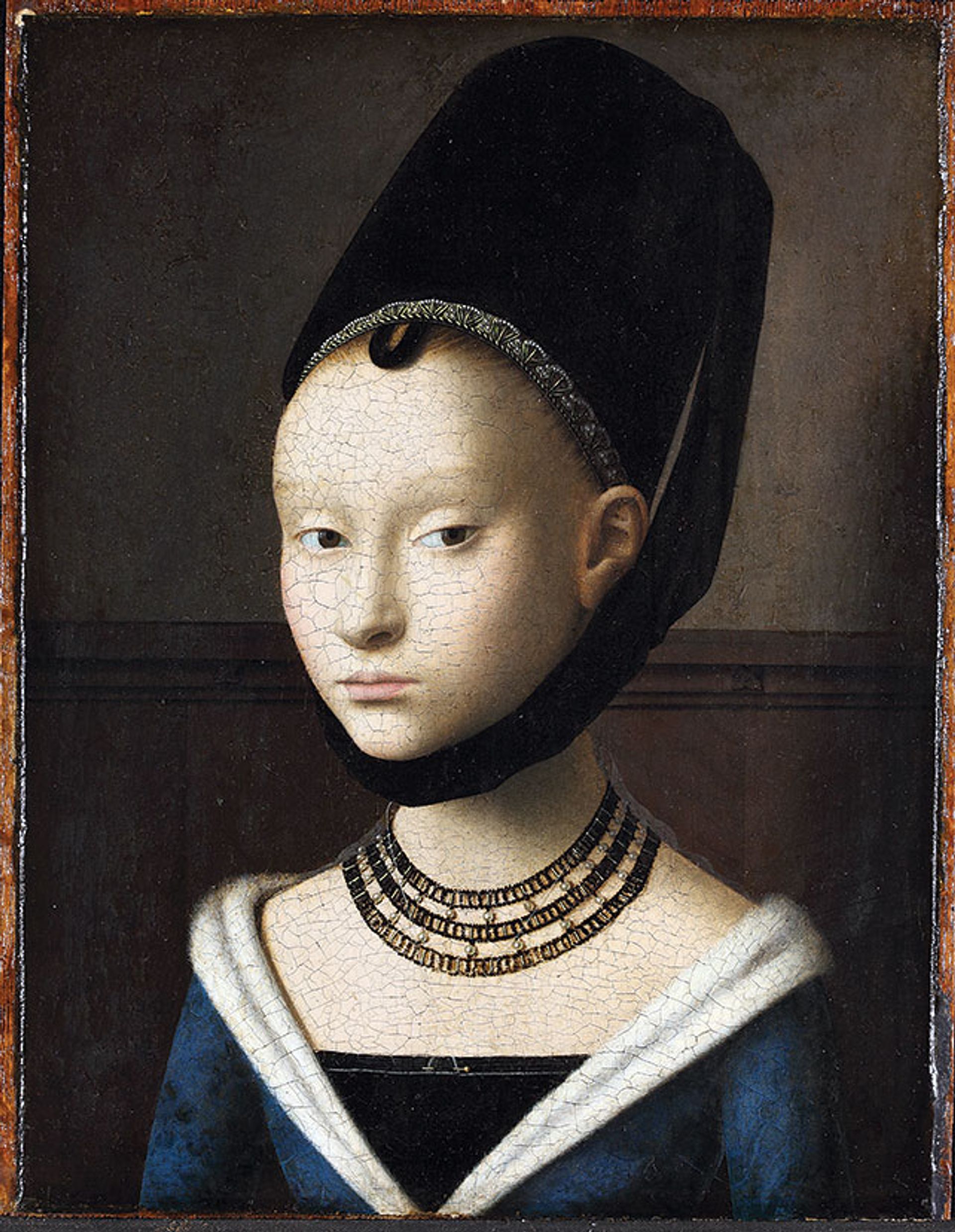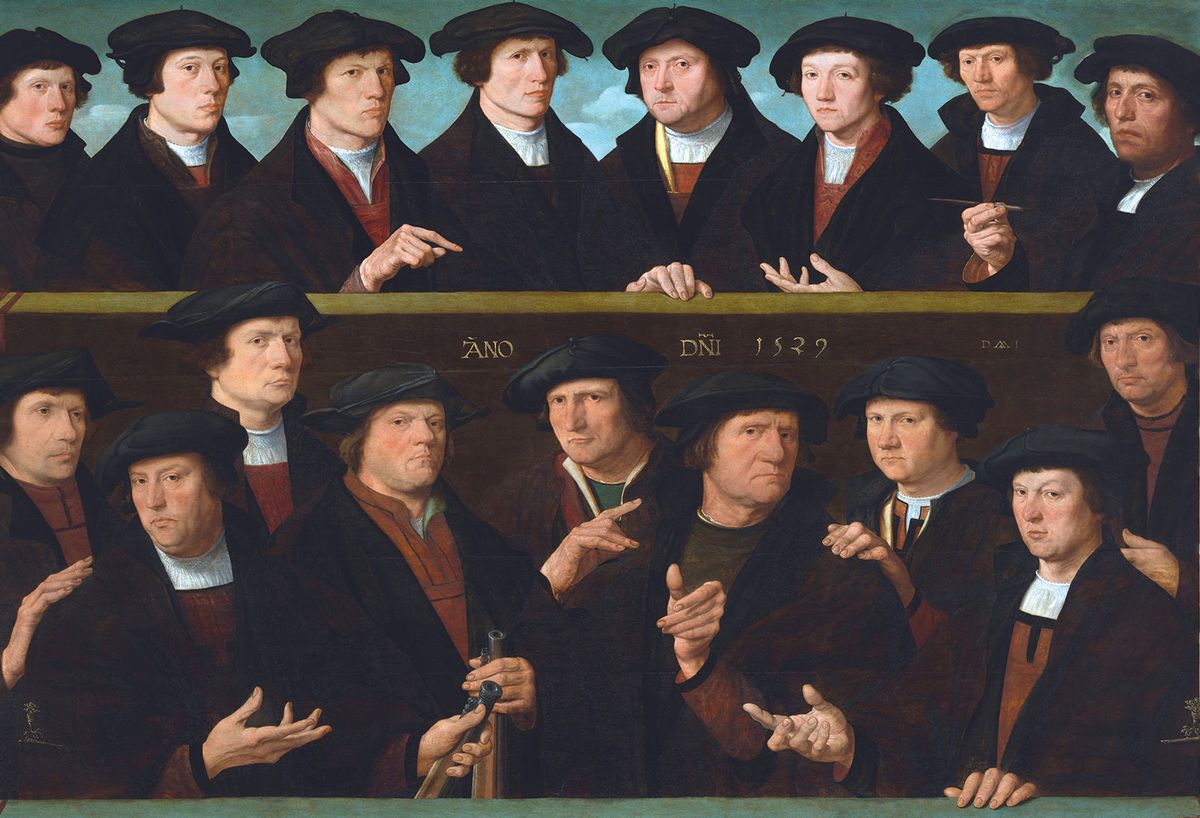There have been a number of Renaissance portrait shows on both sides of the Atlantic over the past couple of decades, but this month Amsterdam’s Rijksmuseum will mount what promises to be a stand-out example with Remember Me: Portraits from Dürer to Sofonisba, combining new scholarly findings with blockbuster-calibre loans.
Renaissance portraits, typically painted on panel, are rare and fragile, and museums often need to fill out a few dozen paintings with medallions, cameos and coins in order to justify a whole show. Remember Me is padding-free. Nearly 90 of its 118 works are paintings, including masterpieces such as Titian’s Portrait of Ranuccio Farnese, a rich and careful work from the early 1540s, on loan from the National Gallery of Art in Washington, DC, showing the then-tween from the Papal family dressed as an all-too-adult-looking Knight of Malta.
Berlin’s Gemäldegalerie has sent Portrait of a Young Woman (around 1470), by Petrus Christus. An emblematic work of the Northern Renaissance, known for its impassive sitter, it has only left Berlin once before in the past 60 years. Poland has sent two works by the newly appreciated Sofonisba Anguissola, the Lombardian painter increasingly regarded as one of the Italian Renaissance’s leading women artists.

Petrus Christus’s Portrait of a Young Woman (around 1470) © Christoph Schmidt, SMB PK GG
The Rijksmuseum has used the occasion of the show to restore the 1529 group portrait, Seventeen Guardsmen of the Amsterdam Kloveniersdoelen, by Dutchman Dirck Jacobsz. The 18-month treatment, completed in August, has revealed a whole new painting, says the show’s co-curator Matthias Ubl, pointing out the newly blue background and new details in the sitters’ hats. He says the treatment has now convinced the museum that the figure holding a paintbrush on the upper right must be a self-portrait of the artist.
Remember Me, which Ubl organised with Sara van Dijk, a junior curator of textiles at the museum, also proposes a number of new theories about German Renaissance portraits. In Barthel Beham’s Portrait of Hans Urmiller and his Son (around 1525), on loan from Frankfurt’s Städel Museum, the curators have deduced the less-than-impressive origins of Urmiller, chamberlain of Duke William IV of Bavaria, based on van Dijk’s close analysis of fur that lines his collar and hat. “He is wearing fur from the belly and throat of the marten,” says Ubl, of the small, ferret-like creature, while “fur from the back of the animal was reserved for nobility”. It may be “a very slight distinction, but viewers then would have noticed”, he says.
Ubl relies on recent archival research to argue for the humble status of the magnificent sitter in Hans Holbein the Younger’s Portrait of Robert Cheseman (1533), on loan from the Mauritshuis in The Hague. Though shown holding a falcon, Cheseman, a functionary at the English court of Henry VIII, was neither noble and perhaps also not a falconer, as scholars have argued, Ubl says. “Cheseman presents himself as a nobleman, but he was middle class and nothing else.”
• Remember Me: Portraits from Dürer to Sofonisba, Rijksmuseum, Amsterdam, 1 October-16 January 2022


